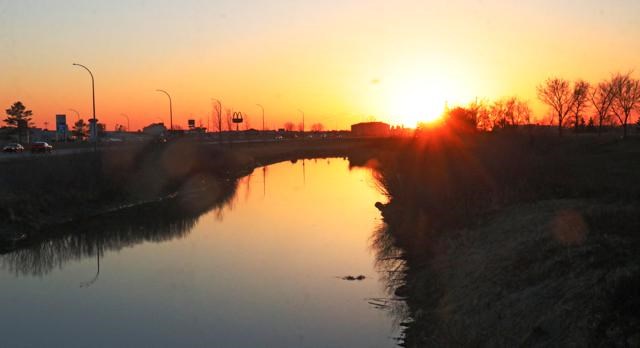SOURIS RIVER BASIN - The International Joint Commission (IJC) is inviting public comment on recommendations made by its International Souris River Study Board in a report, “Managing Water Supply and Flood Control in the Souris River Basin,” which recommends potential reservoir operation options to improve flood control and water supply.
Comments will be accepted from Oct. 12 through Nov. 15, and at a Nov. 3 virtual public hearing. You may comment online, via email to [email protected] or by mail; find more details at ijc.org/en/srsb-flood-drought.
The Nov. 3 public hearing will be held via webinar from noon-1:30 p.m. CDT (11 a.m.-12:30 p.m. MDT, 1-2:30 p.m. EDT). Registration and more information can be found online at ijc.org/en/srsb-flood-drought, including links to a highlights report and the board’s full report.
The International Souris River Study Board was established by the IJC in 2017 to assist in responding to a reference by Canadian and U.S. governments. The reference was precipitated by an unprecedented 2011 flood in the Souris River basin, which stretches across Saskatchewan and Manitoba in Canada and extends into North Dakota in the United States.
The governments asked the IJC to coordinate the full completion of a 2013 IJC Plan of Study. As part of this, the IJC was asked to evaluate and make recommendations regarding the Operating Plan contained in Annex A to a 1989 Agreement for water supply and flood control in the Souris River basin. Among other items, the agreement coordinates the operation of certain dams and reservoirs.
The public hearing and comment period concern potential recommendations the IJC may make to the Canadian and U.S. governments. The study board's findings include that the 1989 Agreement is functioning well and is effective at achieving its intended objectives of flood protection and water supply benefits, and they identify marginal or incremental benefits in five alternative measures recommended for further investigation.
The recommendations being considered include:
- Modify the Winter Drawdown Elevation Targets to build greater flexibility into reservoir operations by varying reservoir elevation targets according to antecedent moisture conditions in the basin;
- Extend the Winter Drawdown Date from February 1st to March 1st to provide additional river flow for improved environmental benefits during February;
- Lower the Spring Maximum Flow Limits to reduce flood peaks and agricultural flood risk during small to moderate floods in riverine reaches in North Dakota (i.e., floods under 57-85 m3/s or 2,000 to 3,000 ft3/s);
- Establish a Summer Operating Plan to provide more guidance to reservoir operators to better manage summer reservoir operations under all conditions;
- Shift the Apportionment rule calculations to a Water Year (November to October) from the current Calendar Year (January to December) to ensure flood protection releases in November and December are credited toward apportionment.
At the Nov. 3 public hearing, Commissioners will hear comments on the study board’s report recommendations following a summary presentation. Public input is essential to the Commission’s consideration of a recommendation to the two governments.
The International Joint Commission was established under the Boundary Waters Treaty of 1909 to help the United States and Canada prevent and resolve disputes over the use of the waters the two countries share. Its responsibilities include investigating and reporting on issues of concern when asked by the governments of the two countries.




